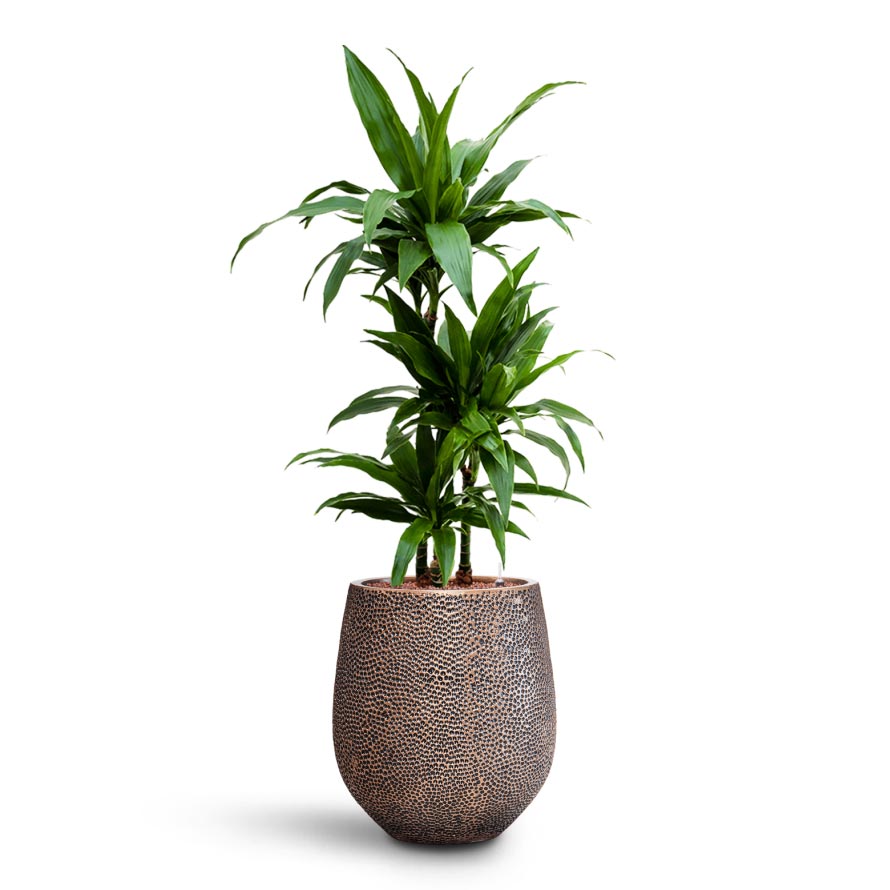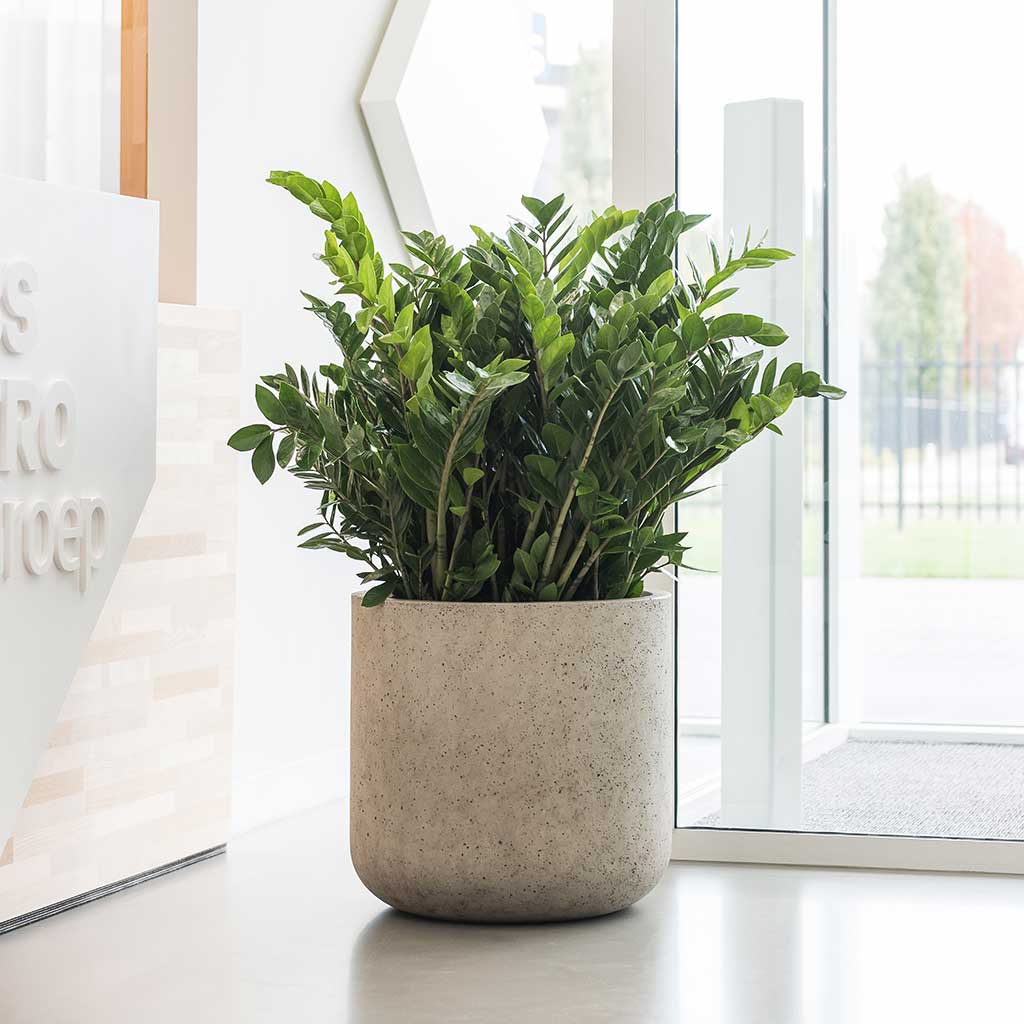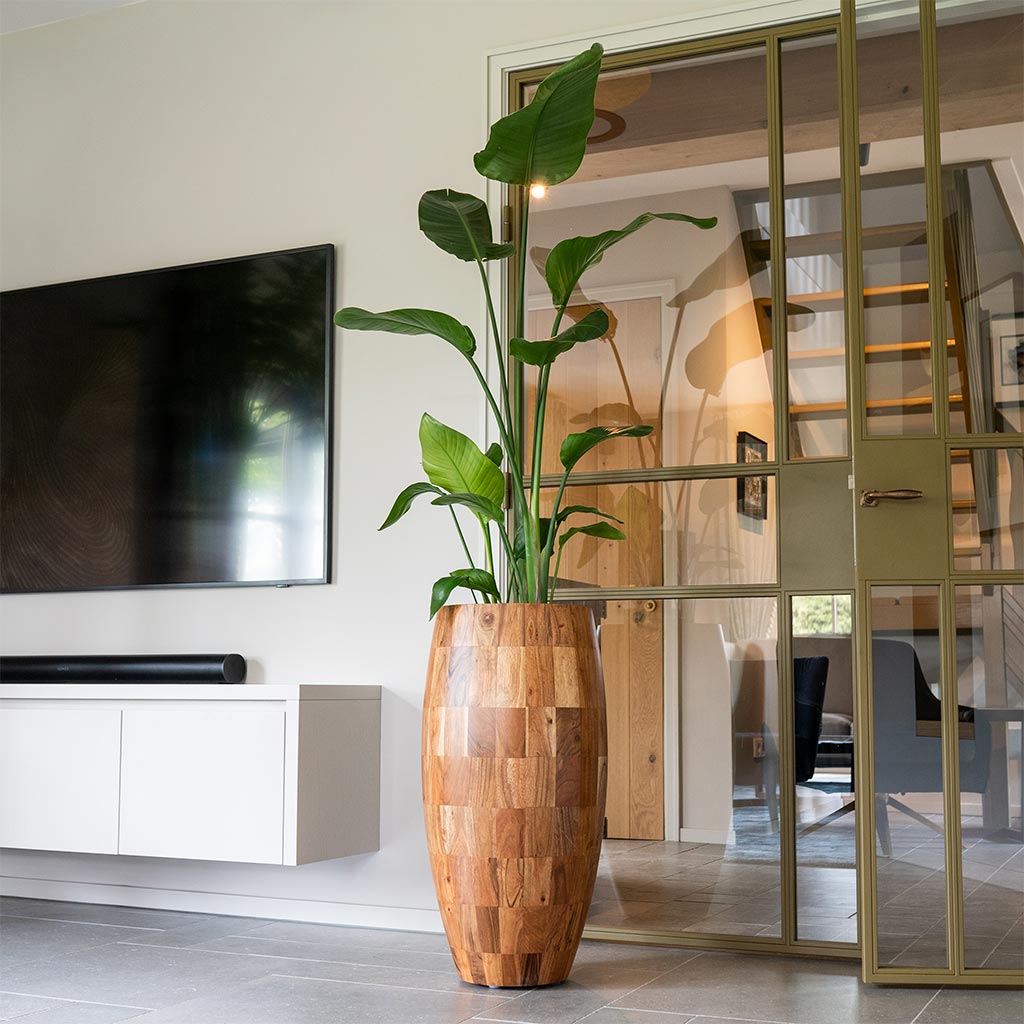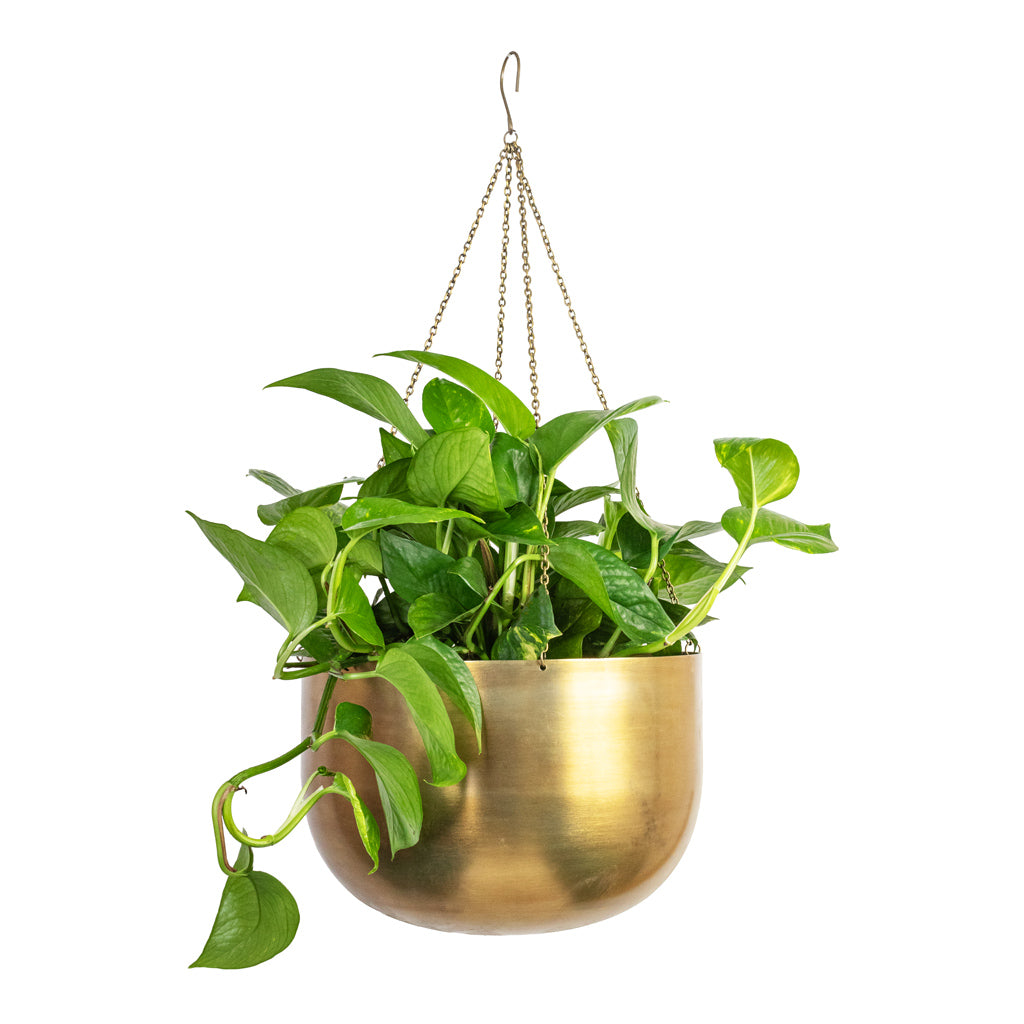Bringing The Outdoors In: Biophilic Design For Healthier Living Spaces
February 27, 2025 2 min read

What is Biophilic Design?
Biophilic design is all about making connections between people and nature in the design of buildings and interior spaces. The word biophilic is derived from the Greek words “bios” meaning life and “philia” meaning love of, as in a philosophy or intent to nurture the human bond with nature.
The concept of biophilic design originates from the work of biologist Edward O. Wilson in the 1980s who suggested in his “biophilia hypothesis” that humans are fundamentally drawn to connections with nature and other living things because our brains evolved in the natural world over hundreds of thousands of years, this is why in our modern lifestyles we still continue to be instinctively drawn to shapes, materials, colours and light that mimics nature.
Biophilic design promotes the connection between humans and nature, by including natural elements into our living and work spaces. The goal is to create environments that enhance our health, happiness and productivity by satisfying our deep desire to interact with the natural world.
Instead of disconnecting us from our ancestral roots, biophilic design strives to highlight the natural qualities of the spaces we live, work and heal in, by nurturing our natural balance as human beings.
Biophilic Design Techniques
Biophilic design seamlessly blends nature into a space. The principles and strategies often used by architects, designers and stylists focus on:
Including Nature
Natural light, airflow, and plants are a key component of biophilic design. The beauty of nature is brought indoors by adding plants and green walls, while using skylights, light wells, and atriums together with windows that open and close keeps us connected to changing weather and light conditions as well as allowing air to circulate.

PLANT DISPLAYS
Enjoy lush wellbeing greenery without the hassles of assembly or major maintenance.
Using Natural Materials and Patterns
Including elements like wood, stone, bamboo, cork, rattan, and wool into your space will infuse it with a sense of warmth and tranquillity that synthetic materials cannot replicate. Using natural patterns such as spirals, fractals, and leaf patterns through textured surfaces, or by including geometric shapes and organic flowing forms, you can effortlessly bring the natural world into your indoor spaces.

CEMENT & STONE PLANTERS
Neutral cement and stone textures in contemporary shapes.

PLANTERS IN NATURAL MATERIALS
Wood, jute, seagrass and bamboo weaves for a chilled boho vibe.
Views of Nature
Placing seating and dining areas to overlook a garden or park provides a seamless connection with our natural surroundings. Whilst designs that maximise sunlight and sightlines to offer views of nature, such as rooftop gardens, pathways, inner courtyards, or outdoor dining spots, truly bring the outdoors inside for the enjoyment of all.
Evoking Nature
Nature's essence can be portrayed indirectly through artwork and décor, creating subtle reminders of the natural world, triggering positive emotions and a sense of contact with nature. Imagine aquarium displays, water walls, cosy fireplaces and captivating artwork depicting serene landscapes, all bringing the beauty of nature into our indoor spaces.
The Benefits of Biophilic Design
The advantages of biophilic design go far beyond pure aesthetics. This innovative approach to architecture and interiors has a huge impact on human health, productivity, and sustainability. Integrating natural elements into our living and work spaces through biophilic design can significantly improve our overall wellbeing.
Studies have shown that including biophilic design elements, such as natural light, plants, and outdoor views, can reduce stress levels, lower blood pressure, and enhance cognitive function. Exposure to nature in our surroundings has been linked to increased creativity, improved mood, and a sense of relaxation.
Incorporating biophilic design principles in workplaces has been found to boost employee satisfaction and engagement. From green walls and nature views to sufficient daylight, these elements can increase motivation and focus, resulting in higher job performance. By integrating nature into office environments, organisations can create a more conducive space for creativity and innovation.
Pioneers of biophilic design like Airbnb, with their captivating indoor forest at their San Francisco headquarters and Amazon's awe-inspiring Seattle Spheres, housing a staggering 40,000 plants from across the globe, along with Google's ingenious incorporation of green roofs, indoor water features, and abundant natural light in their offices, have cleverly acknowledged that these designs are not mere luxuries, but rather a vital component of their competitive advantage through the creation of an environment where their teams are emotionally supported for high performance.
Furthermore, biophilic design is closely aligned with sustainability. By utilising natural resources like sunlight and fresh air, biophilic design can reduce energy consumption and improve indoor air quality. Whilst using eco-friendly materials and sustainable practices sets a positive example of conscientious environmental development.
Biophilic Home Design
Biophilic design principles are not just for the corporate world. Taking the ideas and scaling them to your own living spaces will help foster a deeper connection to nature that will help you feel healthier, calmer and more creative.
Adding floor-standing, table or hanging houseplants to suit the space together with the gentle trickle of a water feature will engage the senses. Whilst adding décor using natural materials such as stone and wood together with nature inspired patterns and motifs will blur the lines between indoor and outdoor spaces.

TALL INDOOR PLANTS
Large and tall houseplants to create your oasis of calm and creativity.
Simple ideas such as decluttering your working from home space to optimise natural light from a nearby window or improving a view of an outdoor green space will all help to reduce stress and help you feel rejuvenated, giving you that “Green Feels Good” vibe.
BECOME A HORTOLOGIST
SIGN UP FOR INSPO & OFFERS IN YOUR INBOX

